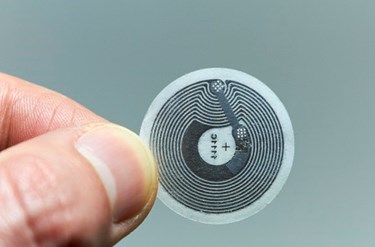Patient Monitoring Market To Top $5 Billion By 2020

By Katie Wike, contributing writer

Report predicts market for patient monitoring will increase $1.5 billion in the next six years
An increase of more than a $1 billion is projected in patient monitoring market over the next six years. A new report from iData Research predicts growth from last year’s $3.5 billion market to $5.1 billion by 2020.
“Market growth is expected over the forecast period due to the continued expansion of vital sign monitoring in low-acuity areas of hospitals, alternate care and home settings. Additionally, as reimbursement and healthcare policy changes are resolved and established, providers of care and purchasers of monitoring equipment will be more confident with spending due to less budget uncertainty. Continued recovery from the effects of the economic recession is expected with many of the devices becoming increasingly relevant on a consumer retail level,” says the iData Research report.
According to Healthcare Informatics, this growth is due to several specific types of technology, including multi-parameter vital sign monitors, electroencephalograms (EEG), electromyograms (EMG), cerebral oximeters, and pulse oximetry devices. The market for pulse oximetry devices alone is expected to reach more than $1 billion by 2020.
“With the mounting pressure to decrease healthcare costs, patients are moving out of hospitals to alternate care sites earlier, making patient monitoring devices essential to their continued post care. Patient monitoring is becoming increasingly more mobile and prevalent in homes due to the various cost-saving measures. This mobility is making a significant impact on preventing unnecessary patient deaths in hospitals and alternate care sites as well as re-admission of patients recovering at home.”
“There has been a surge of interest in implantable electronic devices,” said Dr. Zamanian, President of iData Research in a press release. “Remote monitoring of these devices by doctors and caregivers could significantly reduce in-office follow-up visits. Devices such as the cardioverter defibrillator that is controlled remotely could be lifesaving.”
